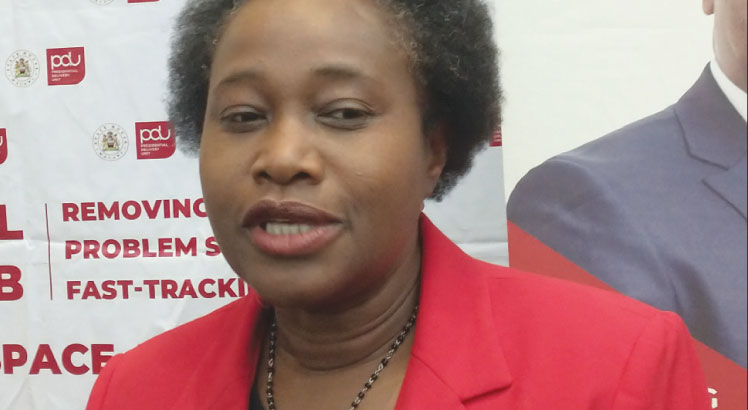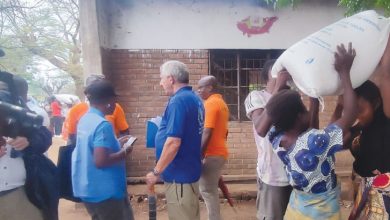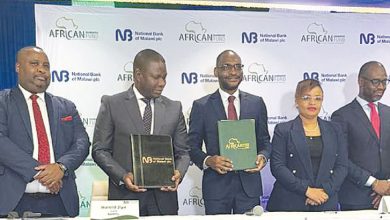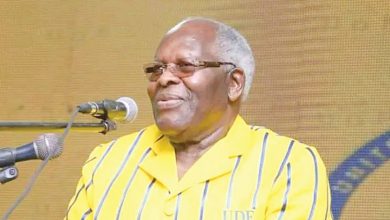Malawi leads in efforts to tackle energy gaps
Presidential Delivery Unit head Janet Banda says despite Malawi possessing abundant natural resources, it continues to grapple with severe energy poverty with an electricity access rate of only 25 percent.
She said this yesterday in Lilongwe during a meeting of key stakeholders in the energy sector to discuss critical issues that have continued to undermine the country’s development.
The meeting comes ahead of an upcoming Integrated Resource Planning (IRP) and Power Sector Coordination Delivery Lab slated for October 8-9 in the city.

Banda, who is also Deputy Secretary to the President and Cabinet, said the low electricity access rate negatively affects economic growth.
She said: “Malawi’s abundant natural resources offer a promising path to energy independence.
“By addressing the challenges in generation, transmission and distribution identified in this meeting, we can accelerate our progress towards a more sustainable and equitable energy future.”
She said government is committed to increasing access to electricity to 50 percent by 2030, in line with the Malawi 2063 (MW2063) First 10-Year Implementation Plan (MIP-1) and the Sustainable Development Goal 7 (SDG 7).
“To achieve this ambitious target, it is essential to identify and address the root causes of the current energy crisis,” said Banda.
Delegates to the meeting pointed out several persistent challenges, including limited long-term financing, difficulties in implementing the IRP, and coordination gaps within the power sector.
Ministry of Energy director of electricity Million Mafuta called for mechanisms to support financing of the country’s energy generating projects
“Investing in energy generation projects is crucial for meeting the growing demand and improving the quality of life for our citizens,” he said.
Last week, Minister of Energy Ibrahim Matola rued the slow pace of investment in the energy sector despite the government providing incentives for investors to exploit opportunities.
He said the development cast doubt on the target to achieve 1 000 megawatts (MW) by 2025.
Malawi has installed generation capacity of 550MW of which 101MW is from solar sources and the rest hydro-based.




